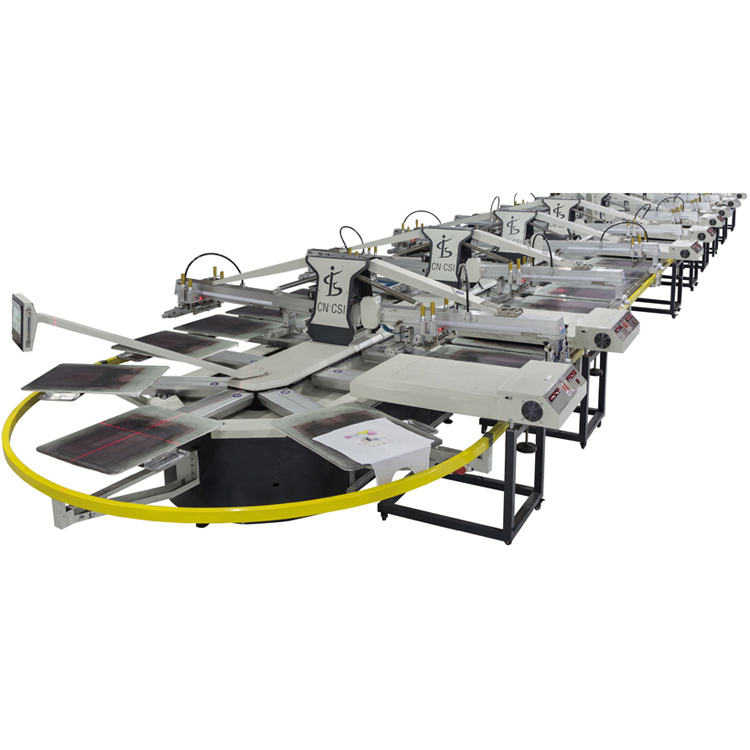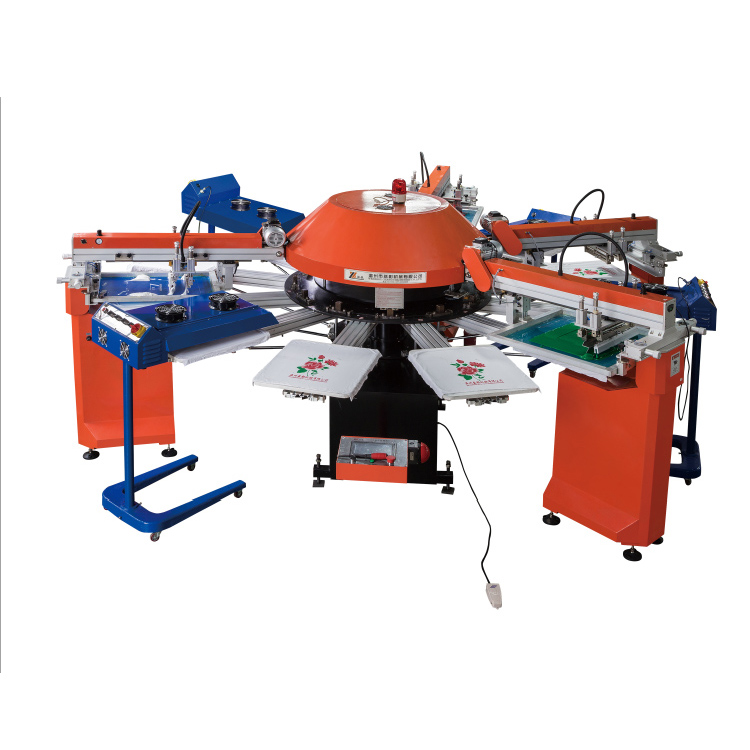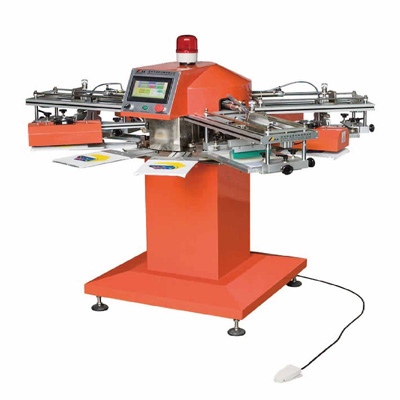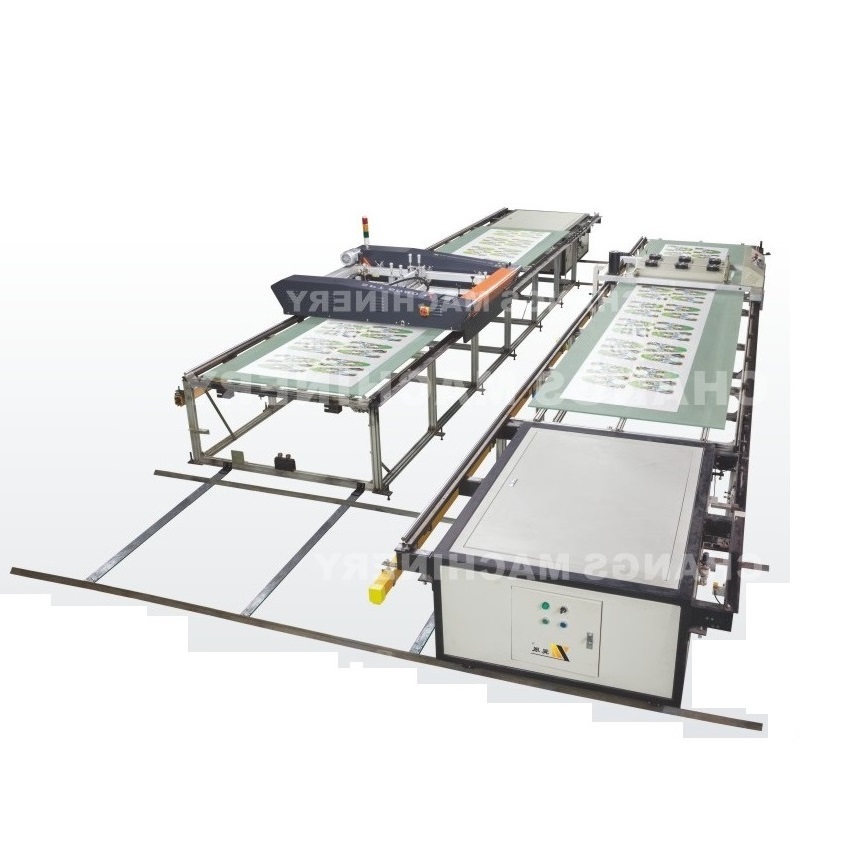Screen printing is a popular and versatile printing method that has been used for decades to create high-quality prints on various substrates, such as textiles, paper, plastics, and more. One of the crucial factors in achieving excellent screen printing results is the proper tension of the screen.
The tension of the screen refers to the amount of stretching or tautness applied to the screen mesh. A good tension is essential for several reasons. Firstly, it helps to ensure accurate and sharp print registration. When the screen is properly tensioned, the ink is transferred more precisely onto the substrate, resulting in clear and detailed images. If the tension is too low, the screen may sag or move during the printing process, leading to blurry or misaligned prints.
Secondly, the right tension contributes to the durability of the screen. A well-tensioned screen is less likely to get damaged during the repeated scraping and ink application steps. It can withstand the stress of the squeegee action without tearing or deforming, thus prolonging its lifespan and reducing the need for frequent screen replacements.
Now, let's consider how the Screen Printing Machine comes into play in achieving the correct screen tension.
Q: What role does a Screen Printing Machine play in setting the screen tension?
A: A Screen Printing Machine is designed to hold the screen in place and often has mechanisms to adjust and maintain the desired tension. Some machines have tensioning bars or clamps that can be tightened or loosened to apply the appropriate amount of force to the screen. They provide a stable platform for the screen, ensuring that it remains taut during the printing process.
Q: How can one determine the correct tension for a particular screen printing job?
A: There are several methods to measure screen tension. One common way is to use a tension meter, which measures the force exerted on the screen in Newtons per centimeter (N/cm). The ideal tension can vary depending on the type of screen mesh, the substrate being printed on, and the complexity of the design. For example, a finer mesh used for detailed graphics may require a higher tension compared to a coarser mesh. Generally, for most standard screen printing applications, a tension in the range of 20-30 N/cm is considered a good starting point, but this may need to be adjusted based on specific requirements.
Q: What are the consequences of incorrect screen tension on the Screen Printing Machine's performance?
A: If the screen tension is too high, it can put excessive strain on the machine's components, such as the frame and the clamping mechanisms. This may lead to premature wear and tear or even damage to the machine. On the other hand, if the tension is too low, as mentioned earlier, it can result in poor print quality and may also cause the screen to shift during printing, potentially leading to ink smudging and inconsistent prints.
In conclusion, finding the right tension for screen printing is a critical aspect of achieving high-quality prints. The Screen Printing Machine plays a vital role in maintaining and adjusting this tension, and understanding how to properly set and measure it can significantly improve the overall success of your screen printing projects. By paying attention to screen tension and using the machine effectively, you can produce sharp, vibrant, and durable prints that meet your desired standards.







